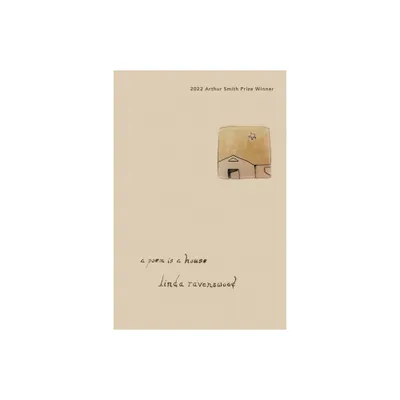Home
The American House Poem, 1945-2021
Loading Inventory...
Barnes and Noble
The American House Poem, 1945-2021
Current price: $85.00


Barnes and Noble
The American House Poem, 1945-2021
Current price: $85.00
Loading Inventory...
Size: Hardcover
*Product Information may vary - to confirm product availability, pricing, and additional information please contact Barnes and Noble
The house is perhaps the most recognizable emblem of the American ideals of self-making: prosperity, stability, domesticity, and upward mobility. Yet over the years from 1945-2021, the American house becomes more famous for the betrayal of those hopes than for their fulfilment: first, through the segregation of cities and public housing; then through the expansion of private credit that lays the ground for the subprime mortgage crisis of the early twenty-first century. Walt Hunter argues that, as access to housing expands to include a greater share of the US population, the house emerges as a central metaphor for the poetic imagination.
From the kitchenette of Gwendolyn Brooks to the duplex of Jericho Brown, and from the suburban imagination of Adrienne Rich to the epic constructions of James Merrill, the American house poem represents the changing abilities of US poets to imagine new forms of life while also building on the past. In
The American House Poem, 1945-2021
, Hunter focuses on poets who register the unevenly distributed pressures of successive housing crises by rewriting older poetic forms. Writing about the materials, tools, and plans for making a house, these poets express the tensions between making their lives into art and freeing their lives from inherited constraints and conditions.
From the kitchenette of Gwendolyn Brooks to the duplex of Jericho Brown, and from the suburban imagination of Adrienne Rich to the epic constructions of James Merrill, the American house poem represents the changing abilities of US poets to imagine new forms of life while also building on the past. In
The American House Poem, 1945-2021
, Hunter focuses on poets who register the unevenly distributed pressures of successive housing crises by rewriting older poetic forms. Writing about the materials, tools, and plans for making a house, these poets express the tensions between making their lives into art and freeing their lives from inherited constraints and conditions.


















